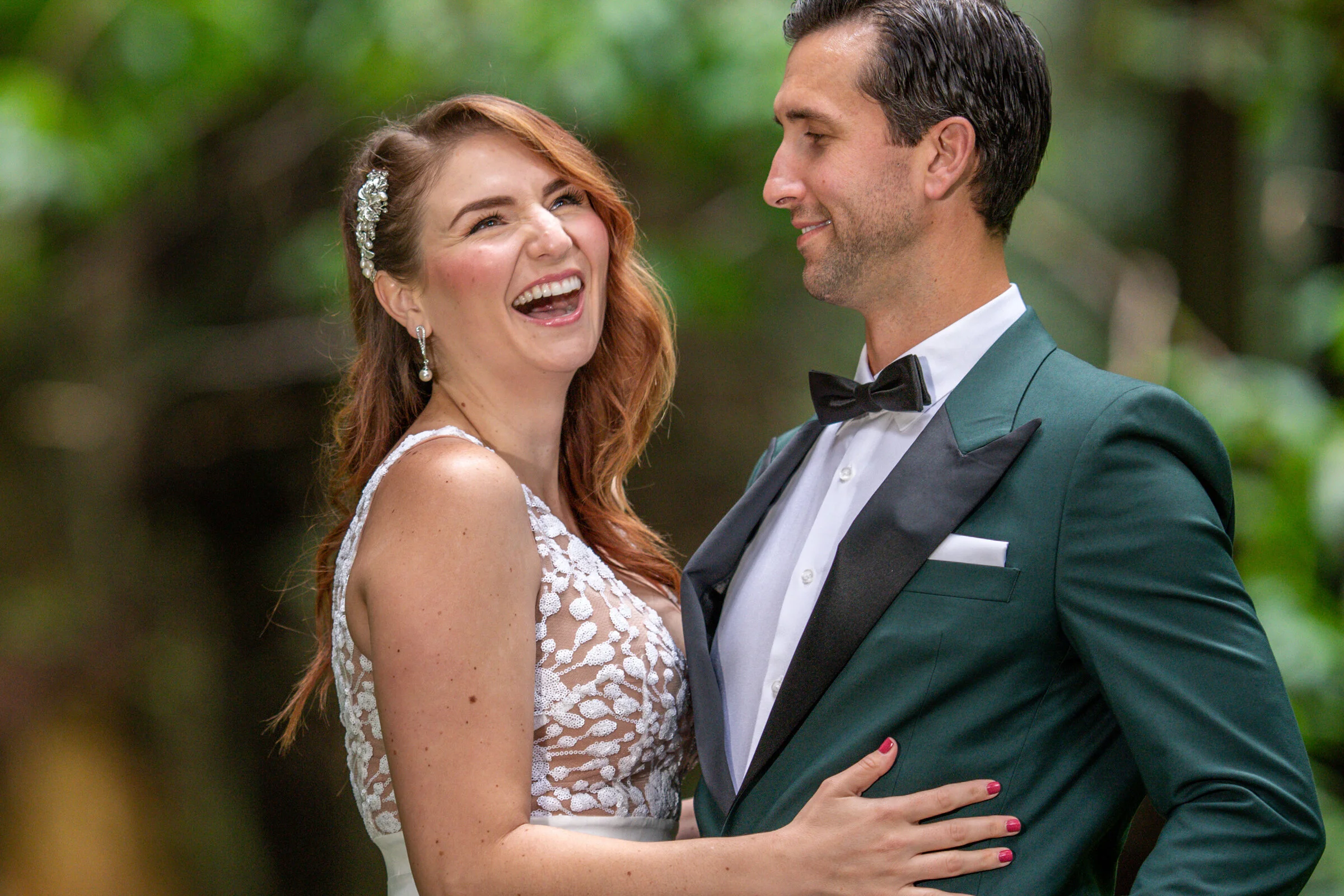A Client’s Guide to ElopementPhotographer Terms
A Client’s Guide to Wedding Photographer Terms
As photographers, we use a lot of terminology that you may not understand. This article is to help you get to know some of our terms in regard to your wedding photography.
Traditional – Traditional wedding photos are the standard portraits, poses, and events taken at weddings. These are the images that we get at every wedding, no matter what. For example, bride and groom standing side by side looking at the camera, or the exchanging of rings and kiss during the ceremony.
Candid – Candid images are photos that are not planned, but are taken as they happen. They are very much in the moment and are different for every single wedding. They aren’t posed or forced.
Pinterest – This is when a photo is posed via a style that can be found on the popular website, Pinterest. We often have clients show us Pinterest boards they’ve created of different images they like.
Romantic – These are images that are based on the couple and shows them interacting with one another and being lovey toward each other. They are sweet and more natural poses.
Fun – Fun photos are spontaneous, in the moment photos where the couple or bridal party acts silly and loosens up as opposed to the sometimes stiff feeling of formal photos.
Details – Detail shots are just that – pictures of details, like the flowers, your rings, place settings, shoes, jewelry, etc.
Formals – Formal photos are typically done after the ceremony (sometimes before) where the family and bridal party gets together with the bride and groom and takes photos where everyone is looking at the camera and smiling. There are a variety of photo groups here depending on the family bridal party sizes and with whom you want photos.
RAW – This term is used to describe the files before they go through their editing process.
JPEG – A JPEG is the type of file your images are converted to after they are edited and the format that most photos are printed from.
Editing – This is where we adjust your photos. If we need to make them brighter or darker or enhance the colors. This is our editing process. We can also take the color out and make the image a black and white photo.
Proof – Your proofs will be an album of the best images from your wedding, but not the final version.
Retouching – During our editing process, retouching is where we can remove blemishes and smooth out skin, minor adjustments, etc.
Cull – This is the process where we eliminate ‘bad’ or duplicate images before you get your proofs. A bad image would be one that is way too dark, bright, blurry, someone blinked, etc. We also take out similar images so you don’t have to look through a million of the same photo over and over again, leaving you only with the best shots.
Digital Images – We are digital photographers, meaning that we use memory cards instead of film. All of our images are loaded to a computer and we send you digital copies of the images via a disc or USB drive. They are not printed when they are delivered to you, but rather, you can take them to be printed at your lab preference.
High Res – This term is short for High Resolution and means that the image is good for printing.
Low Res – This is short for Low Resolution and is not good for printing. Low Res images can be used for online purposes – sharing on social media, etc.
Bridal Party – This includes your maid (or matron) of honor, best man, bridesmaids, groomsmen, ring bearer, flower girl, and ushers.
Photojournalistic (PJ) – This is a style of photography that is based on candid images. There is no real posing to it, but rather capturing events as they happen.
First Look – A first look is when the bride and groom see each other before the ceremony in a private meeting while being photographed. The bride usually comes up behind the groom and taps him on the shoulder and they see each other for the first time then. This allows more time for photos, as you can do them before the ceremony and also gives you your own special, private moment.
A La Carte Images – This is when you purchase images individually and not as part of a package.
Same Plane – When we are taking photos and we tell you to ‘Get on the same plane’ that means that we want all of your faces/bodies to be on the same level so that everyone can remain in focus.

































































































